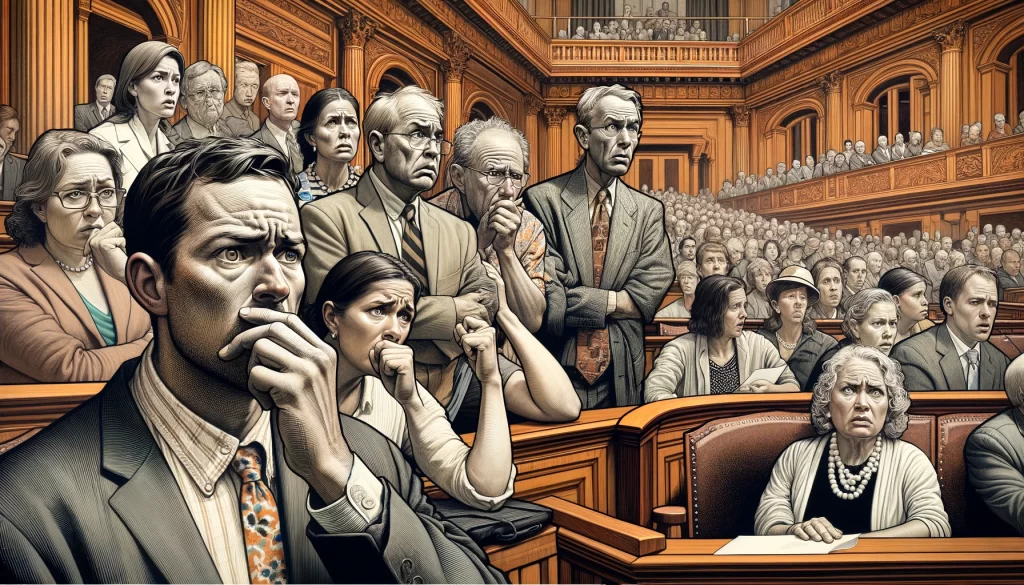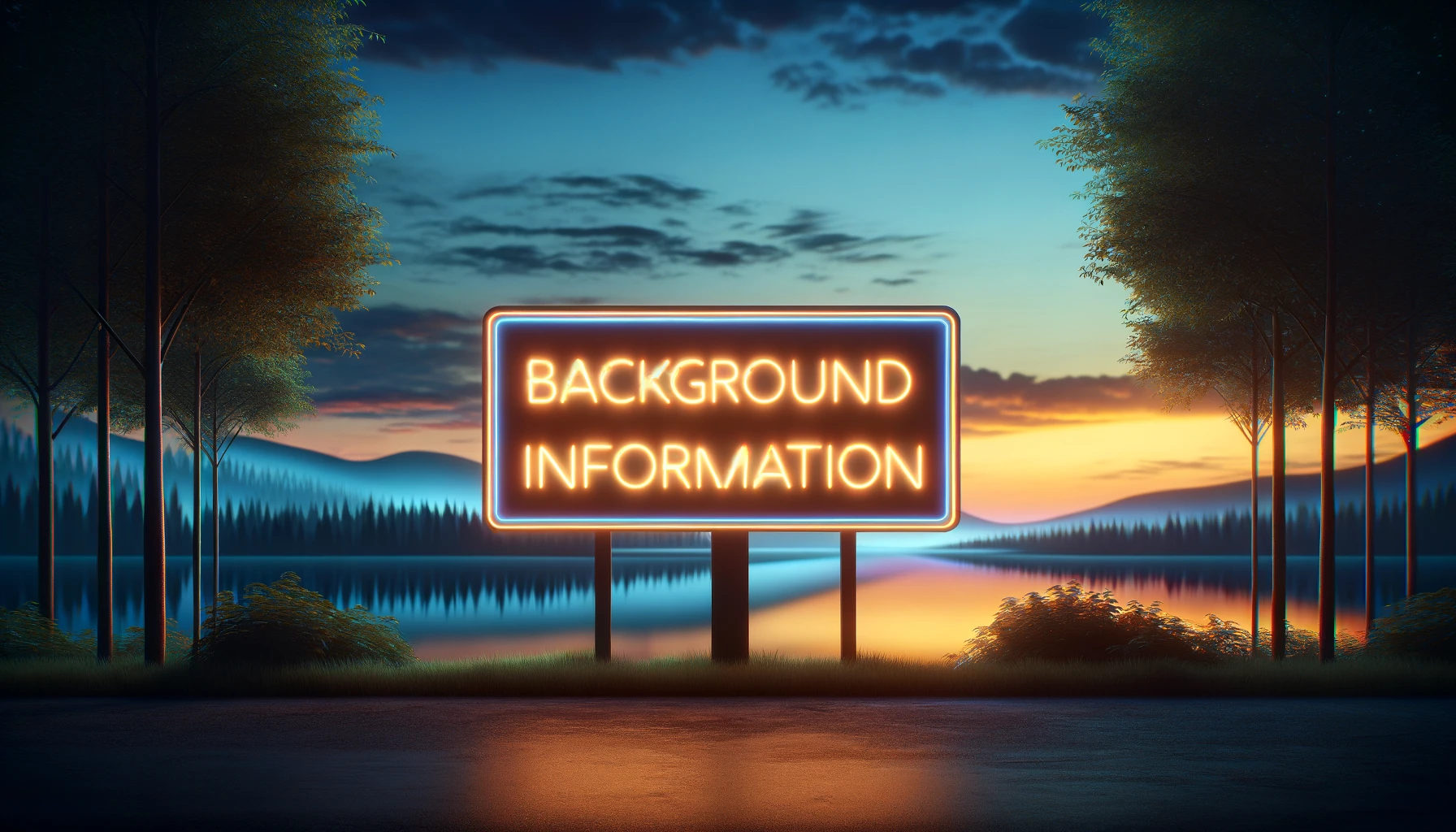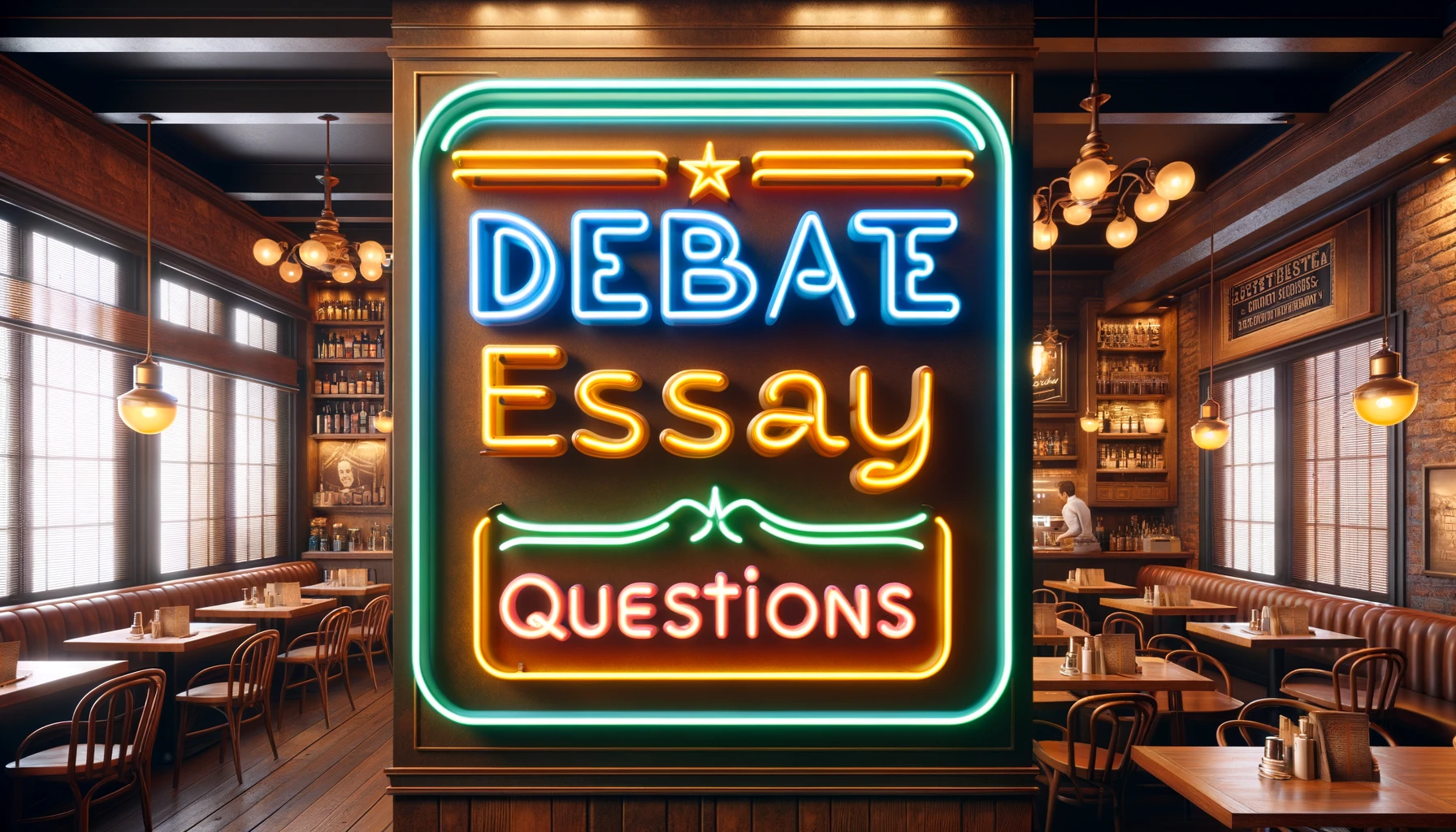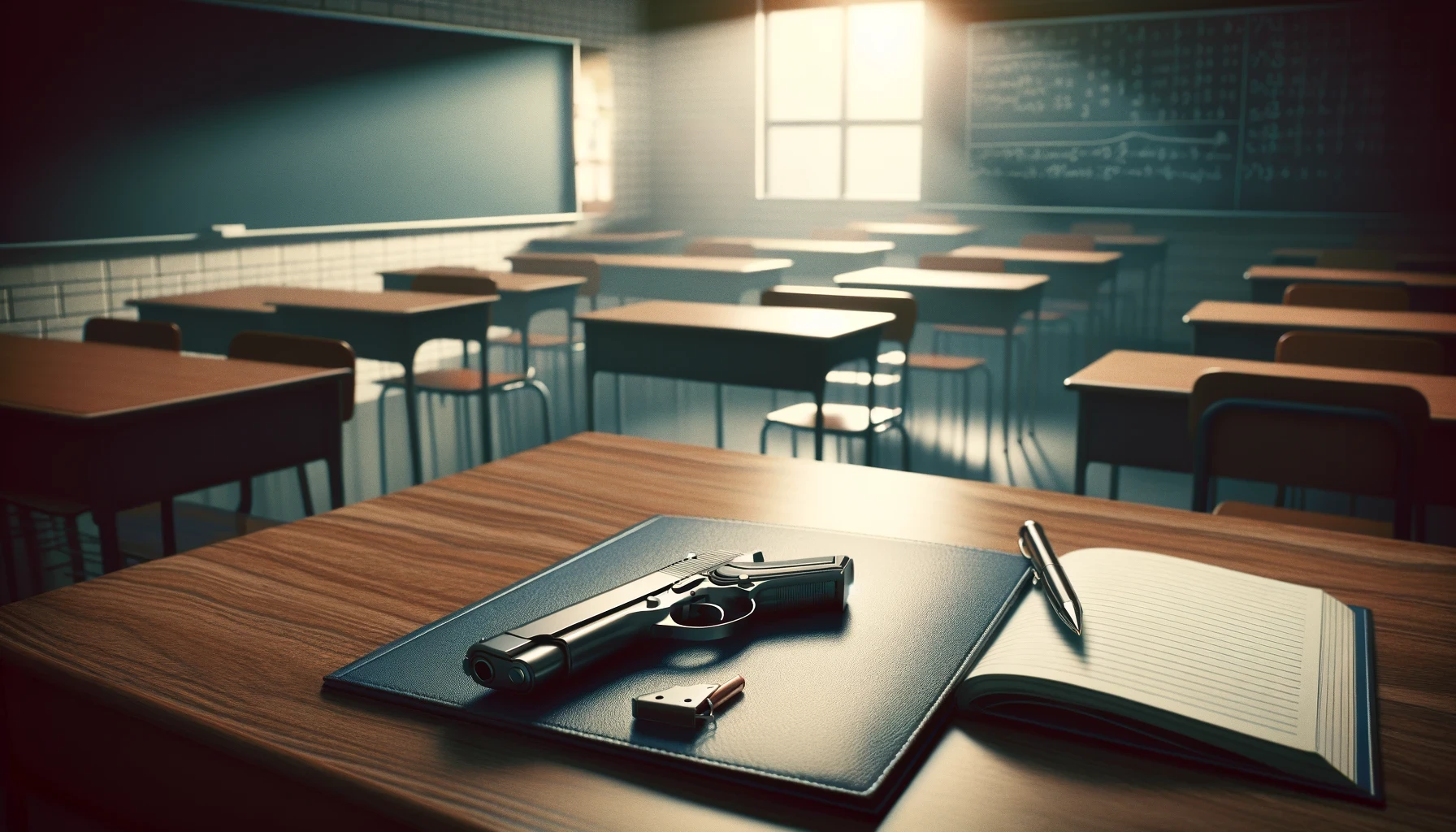In Tennessee on Tuesday, a new proposal that could allow teachers and other school employees to carry handguns on school grounds passed through the General Assembly. This development comes amidst mixed reactions, particularly following a tragic event at the Covenant School where six people were killed, including three students.
High school senior Sarayah Shaw is one of the students voicing strong opposition to the bill. She took a leading role in organizing a protest at the state capitol, where she and other students expressed their concerns about the introduction of more firearms into school environments as a means to stop school shootings. “So many students have poured so much of their heart and soul into advocating against this bill,” Shaw stated during the event.
During the protest, students highlighted several issues with the proposed law, including the absence of requirements for the safe storage of firearms. Many students expressed fear that guns could end up in the hands of their peers. Emmie Wolf-Dubin, another student leader, criticized lawmakers for not taking the students’ perspectives into account. “They’ve ignored the students. We are the experts on what it’s like to be in the classroom. They don’t know what it’s like to live in a lockdown generation,” she said.
The situation became very tense following the vote to pass the bill. Observers in the gallery were visibly upset, leading to chants like “blood on your hands” and “vote him out.” This reaction prompted state troopers to clear the gallery, which was primarily filled with concerned parents.
During these intense moments, Representative Justin Jones, a Democrat from Nashville, began recording the event on his phone, breaking House rules. Despite being repeatedly called out of order, he continued to record, which ultimately led to him being barred from speaking for the rest of the day and the following day. Interestingly, it was noted that several Republican members also used their devices to record the events, but they were not penalized.
Representative Chris Todd, a Republican from Madison, faced criticism for making physical contact with Jones during the confrontation. However, when put to a vote, the Republican majority chose not to discipline Todd.

The bill sets specific requirements for teachers wishing to carry firearms. They must first obtain approvals from their school’s principal, the district superintendent, and a local law enforcement agency. Additionally, they need to secure a handgun carry permit, pass a background check, complete 40 hours of specialized training, and undergo a psychological evaluation. If they meet all these criteria, they can carry firearms on school premises without needing to inform the parents of the students.
Attempts by Democrats to modify the bill, including a proposal for mandatory parental consent, were unsuccessful although more than ten amendments were presented.
Critics of the bill, like Representative John Ray Clemmons, also a Democrat from Nashville, argue that the legislation is inherently flawed. “This is a very dangerous piece of legislation that cannot be amended in any way that will make it good unless we defeat it,” Clemmons remarked.
However, the bill’s sponsor, Representative Ryan Williams, a Republican from Cookeville, contends that the legislation is a preventive measure designed to deter potential threats to school safety. He cited a decrease in crime rates on higher education campuses following a similar law passed in 2016 that allowed professors to carry firearms. Williams supported his claim with statistics from the Tennessee Bureau of Investigations, which showed a significant reduction in campus crimes. However, the statistics also reveal a recent increase in weapon law violations on campuses.
Representative Jason Zachary, another Republican from Knoxville, emphasized the need for armed teachers, pointing out the large number of vacancies for school resource officers across the state.
The bill is now awaiting the decision of Governor Bill Lee, who has not yet expressed a definitive stance but has shown openness to the idea.
This article is based on the following article:

Background Information
Understanding these areas can help readers better grasp the multifaceted debates surrounding the proposed legislation and its potential implications.
1. Gun Control in the United States
Gun control refers to the laws and policies designed to regulate the manufacture, sale, possession, and use of firearms by civilians. The U.S. has a complex relationship with guns, rooted deeply in its history and the Second Amendment of the U.S. Constitution, which states that the right of the people to keep and bear arms shall not be infringed. This has led to a wide range of interpretations and a significant variation in gun laws across different states.
2. School Shootings and Their Impact on Legislation
School shootings are a particularly distressing form of gun violence, where the setting is an educational institution. These tragic events often result in casualties among students and staff, sparking national debates about safety in schools and the need for more stringent gun laws. High-profile cases like the shootings at Columbine High School, Sandy Hook Elementary, and Marjory Stoneman Douglas High School have led to calls for reforms ranging from enhanced security measures to stricter gun control laws.
3. The Legislative Process in State Governments
Understanding how a bill becomes law within a state is crucial. In most U.S. states, the process starts when a lawmaker introduces a bill. It then goes through various committees where it is reviewed and possibly amended. If the bill passes these committees, it moves on to the floor of the state’s legislative chambers (House and Senate) for debate and voting. If both chambers approve the bill, it goes to the governor, who can sign it into law or veto it.
4. Firearms in Schools: Concerns and Legislation
The idea of allowing teachers to carry firearms in schools is a contentious issue. Proponents argue that it could provide a first line of defense against school shooters, potentially stopping attacks before law enforcement can arrive. Opponents, however, raise concerns about the risks of accidents, the psychological impact on students and staff, and the fundamental shift in the educational environment that the presence of firearms might entail.
5. Psychological and Community Impact
Allowing firearms in schools can have significant psychological impacts on students and staff. The presence of guns can create an atmosphere of fear and anxiety, and not all educators or students feel safer with guns in their environment. Community reactions can also vary significantly, with some parents strongly opposing or supporting the move based on their beliefs about gun rights and school safety.
6. Role of Law Enforcement and School Resource Officers
School Resource Officers (SROs) are law enforcement officers stationed in schools. Their primary role is to provide security and crime prevention services. The presence of SROs is intended to enhance safety, but there is debate over their effectiveness and the impact of their presence on students’ perceptions of their learning environment.

Debate/Essay Questions
- Do you agree or disagree with the proposed legislation? Why?
- What are the potential psychological impacts of having armed teachers in the classroom on students?
- Should parents have the right to know if their child’s teacher is armed without exceptions, or is what is allowed under the proposed legislation good enough?
- Do political affiliations shape perspectives on gun control and school safety policies, or do perspectives on gun control and school safety policies determine political affiliations?
Please subscribe to Insight Fortnight, our biweekly newsletter!
